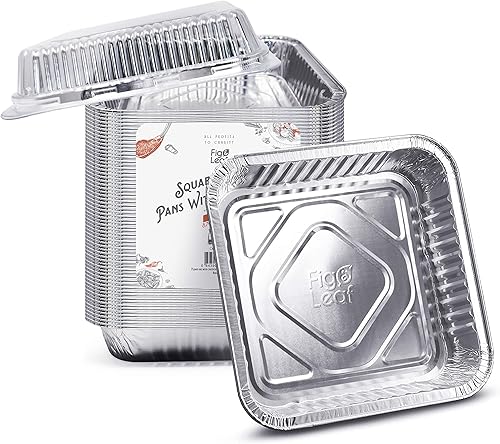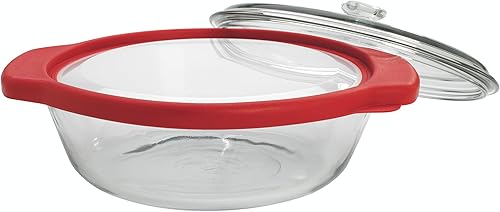Hemorrhoid pain relief products are designed to alleviate the discomfort and pain associated with hemorrhoids, which are swollen veins in the anal and rectal area. These products can come in various forms, including creams, ointments, wipes, suppositories, and even oral medications. It's important to note that while these products can provide temporary relief, they may not treat the underlying cause of hemorrhoids. Here are some common types of hemorrhoid pain relief products::
1. Topical Creams and Ointments: These products are applied directly to the affected area and often contain ingredients like hydrocortisone, witch hazel, lidocaine, or a combination of these. They can help reduce inflammation, itching, and discomfort.
2. Wipes: Hemorrhoid wipes are pre-moistened wipes that can be used to gently clean the anal area after bowel movements. Some wipes may also contain soothing ingredients to help relieve pain and irritation.
3. Suppositories: Suppositories are inserted into the rectum and are designed to provide relief directly to the affected area. They often contain ingredients like hydrocortisone or astringents that help reduce swelling and discomfort.
4. Oral Pain Relievers: Over-the-counter pain relievers like ibuprofen or acetaminophen can help reduce pain and discomfort associated with hemorrhoids. However, these medications only provide general pain relief and do not target the hemorrhoids directly.
5. Sitz Baths: While not a product in the traditional sense, sitz baths involve sitting in warm water for about 15-20 minutes several times a day. This can help soothe the affected area and promote healing.
6. Homeopathic Remedies: Some people opt for homeopathic or natural remedies such as aloe vera gel, coconut oil, witch hazel compresses, and essential oils like lavender or tea tree oil. It's important to do thorough research and consult a healthcare professional before using these remedies.
7. Lifestyle Changes: In addition to using pain relief products, making certain lifestyle changes can help manage hemorrhoid symptoms. These changes may include increasing fiber intake, staying hydrated, avoiding prolonged sitting, and practicing good hygiene.
It's essential to consult a healthcare professional before using any hemorrhoid pain relief products, especially if you're pregnant, nursing, have underlying health conditions, or are taking other medications. They can provide guidance on the most appropriate treatment for your specific situation and offer advice on managing and preventing hemorrhoids in the future. If your symptoms are severe, persistent, or accompanied by bleeding, it's important to seek medical attention promptly.



